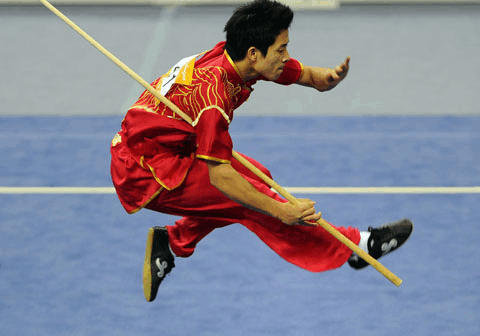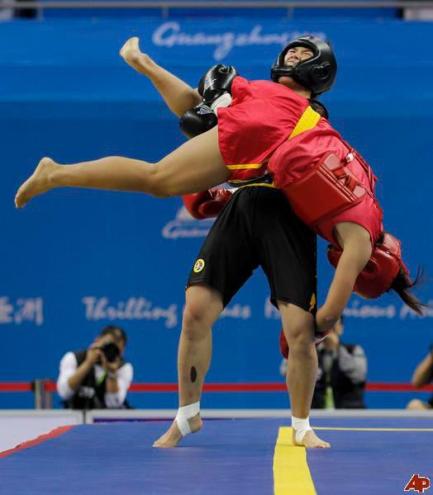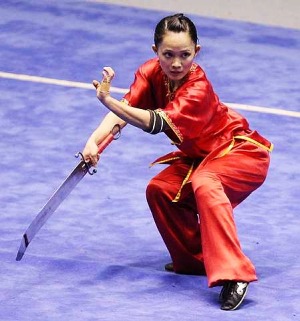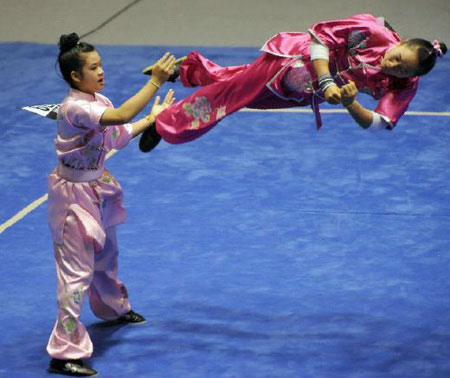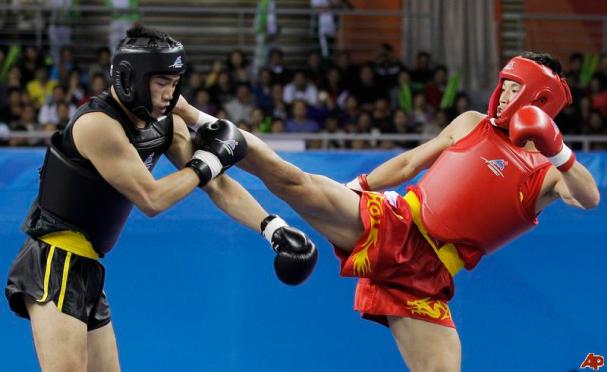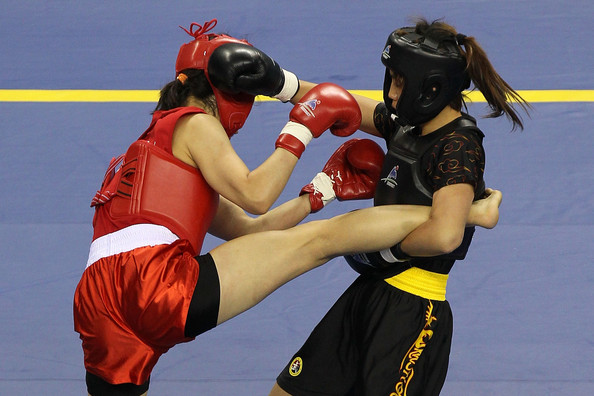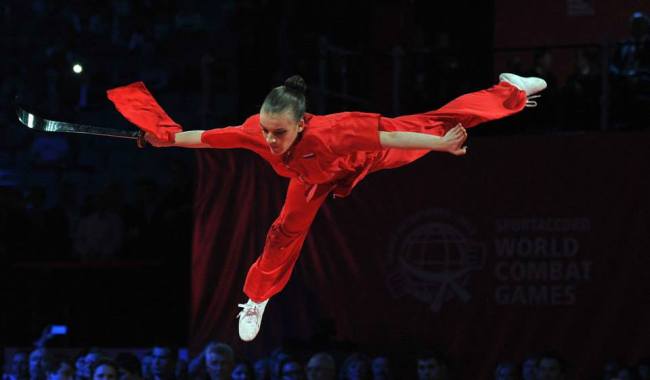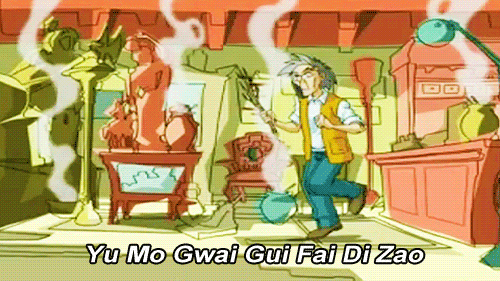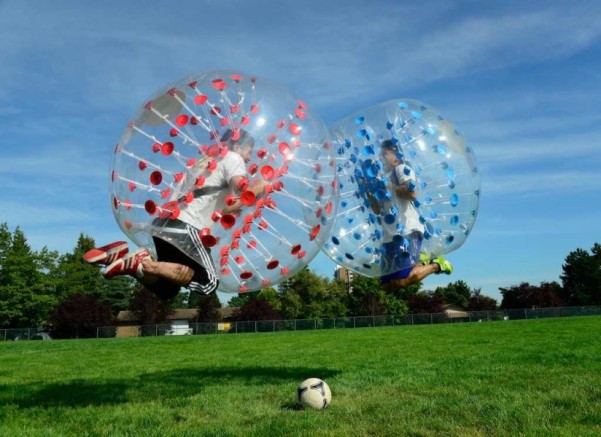While everyone is busy Kung Fu fighting, gathering Shen Gong Wu, or giving Jack Black more work, there are a group of dedicated martial artists who have honed their craft to a mastery level. If I told you their sport consists of just Chinese kickboxing and choreographed floor routines, you would close this tab and go back to Facebook. (Hopefully you didn’t.) Today, I bring you an incredible sport dating back thousands of years, stunning audiences of the present day: Wushu.
What Is It?
Wushu mean “martial arts” in Chinese. Wushu is thousands of years old and is derived from numerous styles and practices of ancient martial arts. Some may know Wushu by its more colloquial name: “Kung Fu,” but Kung Fu is just one of the hundreds styles. It is important to know that there is not “one style” of Wushu per se. Different forms and concentrations contribute to the practice of Wushu as a whole.
As a sport, Wushu competitions are held around the world to promote and preserve this martial art. To the practitioners, many take this up for the craft and sport. Wushu still requires all of the athleticism an actual fighter would need, but aside from the sparring competitions, the majority of these martial artists will never get into a legitimate fight. Once you see what they do though…you’ll be glad they don’t.
How It Works?
There are two types of competitive Wushu: Taolu and Sanda. Taolu means forms, which is a demonstration of techniques in front of a judging panel. Sanda means sparring and is a fighting competition between two combatants. The competitions are held on a mat similar to gymnastic competitions. Although you may think the sparring competition will be more exciting, it can be similar to boxing or UFC fighting. The forms competition however can showcase incredible routines, with the group stages showcasing choreographed routines that look like they are straight out of movies.
THE CROWD
The crowd loves to chant during some of the routines and battles. In some of these videos, you will hear the continual chant of “jiā yóu!” Literally, this translates to add oil (fuel). It’s their way of saying “Go!” or “Keep on pushing!”
Taolu (Forms)
Taolu or forms competitions showcase the art of martial arts. Practitioners will perform their routines on an 8m x 8m mat of foam covered by a carpet. A panel of judges will award a score to the performer(s) based on quality of movements, difficulty of routine, and overall performance. These routines are pre choreographed and can either be pre designed, or choreographed by the athlete. They play out like a gymnast’s floor routine, but there are more explosive moments and a wider variety of styles to perform. Some competitions even allow the use of music.
Each martial artist will chose a discipline of Wushu to perform solo. Below I have listed these disciplines and have accompanied them with short videos of a routine. If you see a description you like, watch the video.
Chang Quan (Long Fist): As you would imagine, these are long sweeping movements. They require long punches, sweeping legs kicks, and include arial maneuvers as well. This is open, fast, and entertaining to watch.
https://www.youtube.com/embed/sQE6Z2SqRpE?rel=0
Nan Quan (Southern Fist): Extremely spirited. The focus is more on powerful strikes and less on legs sweeps. It is not as acrobatic, but fighters use strong vocal articulation to emit a strong presence.
Taiji Quan (Tai Chi): Not only is this the most practiced form of Wushu, but it is the name most known by non fans of martial arts. Tai Chi incorporates slow, fluid movements with the focus on concentration and breathing. Though there are some explosive moves, this is mainly for the mind and spirit, and some use it for health benefits.
Taiji Jian (Tai Chi Straight Sword): Uses the same techniques as Tai Chi, but with a double-edged straight sword. Slow, graceful movements are used with this weapon.
Daoshu (Broadsword): A single edged curve blade is used with explosive movements. Fierce, swift strikes are employed. The fighter will need strength to continually slash and hack while coordinating aggressive movements of their body.
Jianshu (Straight Sword): A double-edged straight sword. The fighter will use sweeping motions, changing speeds and aggressions with each movement. Their sword will do more pointing, thrusting, and sweeping as opposed to the movements of the broadsword. There is a delicate balance between hard and soft and requires skilled concentration by the practitioner.
Gunshu (Cudgel): For the cudgel, think staff or bo staff. This is said to be the grandfather of weapons with it’s simple form. Combining offense and defense, these long strikes use sweeping hacking and slashing movements. This is a great weapon for form competitions as you do not need an opponent to appreciate the true beauty and power this weapon contains.
Quianshu (Spear): A spear is a deadly weapon, especially when used with Wushu. Agile footwork and thrusting are the driving forces behind this display. Some circular motions are included and rapid explosive strikes are supplemented by some sweeping motions.
Nandao (Southern Broadsword): Nandao refers to broadsword styles from the south. Like most southern styles, movements are short, quick, and close to the body. Vocal articulation is used and the strikes are clean and partially defensive as well.
Nangun (Southern Cudgel): Once again, Nangun means the cudgel styles of the South. As the cudgel is long, these are not as close to the body. They are however very precise, articulate, and powerful. Vocal articulation is emphasized as these precise blows are executed.
Dulian (Choreographed Duel):
Duilian signifies two or more…and is my favorite part of Wushu. This is literally a choreographed fight scene. They look like real life action movie fights, and you will feel danger for the fighters. Why? Because many of their strikes come extremely close to the body. These can be bare handed or with weapons. Routines last about 1 minute to 1:20 minutes. It is the ultimate combination of offense, defense, speed, and accuracy. These incorporate the above disciplines to make for an intense spectacle.
The fighters can use weapons to demonstrate a loud and energetic battle…
…while some people go barehanded against a weapon…
…and others…they just prefer to fly.
Sanda (Sparring or Chinese Kickboxing)
Sanda is the actual fighting branch of Wushu. Note, this is not the same as Taolu where fighters can use weapons. This is more of a fusion between USC and Boxing.
This is a hand to hand, unarmed combat competition consisting of 3 rounds. Sanda bouts take place on an elevated platform called a “lei tai. This is 0.8 meters high, and 8m x 8m around. The mat is comprised of foam with a canvas cover. There is a protective cushion surrounding the mat below.
Equipment Includes: A chest protector, head-guard, gloves, mouth guard, and jock strap.
The rounds: 3 two minute rounds are fought with a 1-minute rest period in between. Judges will award points for successfully executed techniques. Like most fighting sports, whoever won two out of the three bouts OR won by a knockout is declared the winner.
Fighters may punch, kick, throw, and grapple to defeat their opponent. Full contact Sanda can be exciting, with takedowns being the explosive moment. Here is a compilation of some excellent Sanda.
Athletic?
Don’t be fooled into thinking only the Sanda fighters require athletiscm. For Taolu, you need to be conditioned enough to perform the movements without tiring. Since movements are so precise, you will need muscle to control and perform the movements with explosive and stable vigor. On top of that, the leg power needed to perform the arial movements must be swift and strong.
All fighters must be precise in the choreographed duals, as one miscue can mean poking someone’s eye out. It requires a constant mindset of form, strikes, speed, power, precision, memorization of moves, and an awareness of what your partner is doing…all while moving very fast and screaming very loudly.
As for Sanda, total strength must be had in all areas. The techniques must be well-versed and utilized efficiently to take down your opponent. Your body must be conditioned to deliver blows, as well as take them.
On paper Sanda will be what more fans gravitate too, but the Taolu is where the art of the sport lies. Let’s appreciate the Taolu (forms) competition by seeing a compilation video…because I can’t get enough of it. Also, it’s set to the Pirates of the Caribbean theme, so you’re welcome.
Where can I play?
Wushu is practiced all over the world. Do some research on where you can sign up. Depending on how serious you want to compete, that will decide where you go. This is a Chinese Martial Art, but there are hundreds of different styles. Do some research as to what suits your needs/desires and sign up.
Where do the pros play?
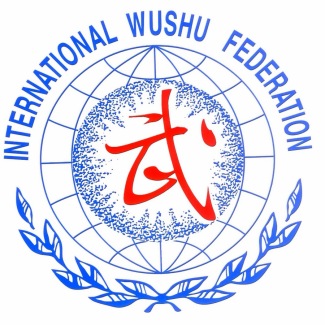
The International Wushu Federation (IWUF) is the governing body for international Wushu competitions. They host the biannual world championships. You can see their 2015 schedule on their website, which also hosts all information on the international sport. It is important to remember that countries will send martial artists to represent their homeland. You won’t see as many “teams”. This is more individual.
The US Wushu Academy is the leading body for Wushu in the United States. Their website has all their information for their traditional and competitive Wushu practice.
Olympic Bid
When the Olympics were held in Beijing, China in 2008, the city held a Wushu tournament for fans from around the world to see. Since other sports partcipat the Olympics included judging, it would not be inconceivable to include Wushu. The IOC regocnized Wushu, but rejected their bid for entrance into the 2020 Summer Olympics.
Controversy
Surprisingly not because of violence, the controversy comes within the Wushu community. Some people say that the forms competitions do not reflect proper fighting technique, and are changed for more show. Since this is the spawn of self defense, there are those who feel that attacks must be properly executed for a fight.
No I am not a Wushu expert, but I feel that the forms competitions are fine because there is no other combatant (or one without choreography) and this is inherently different. When training for the forms competition it’s understood that there is not another fighter attempting to defeat you.
Conclusion:
Wushu is intense. Hundreds of styles are incorporated into this grand art form of martial arts. Wushu competitions preserve tradition and allow audiences to see a more modernized telling of some techniques. In a perfect world, no two fighters who are expert swordsmen will have to clash blades for blood. Without the aide of film and television, these martial artists truly are displaying a mastery of a craft often ignored by the lack of practical use and knowledge of the rest of the sporting world. I only hope more people will scream “jiā yóu!” at their nearest competition.
Join the discussion:
IWUF has a FB group you can join, and an official twitter account.
Do you practice some form of Wushu? Do you think you would be able to master it? How crazy are those Duilian videos?! Become one with us on Facebook, join our discipline on twitter…or just leave a comment.
ONE MORE THING:
If you don’t wanna take the time to train, then just use magic chi:
Now go play a sport.
-BC
On Deck: Since it’s around finals time, let’s get a little silly next week.
